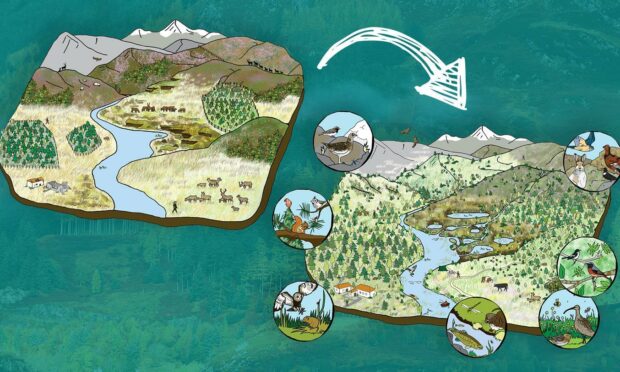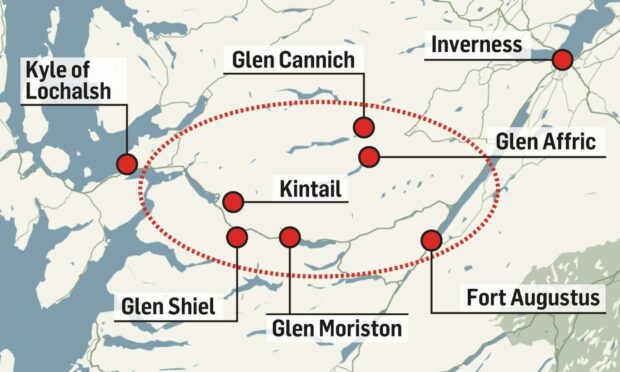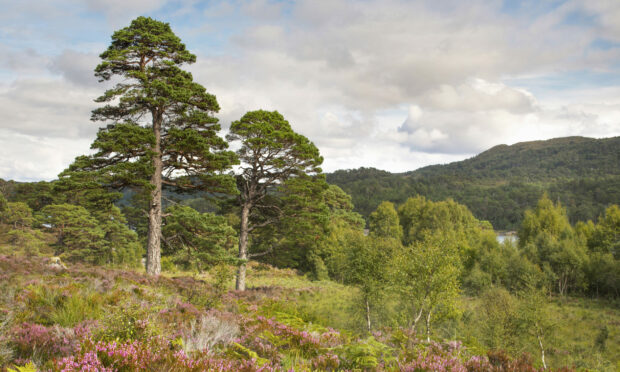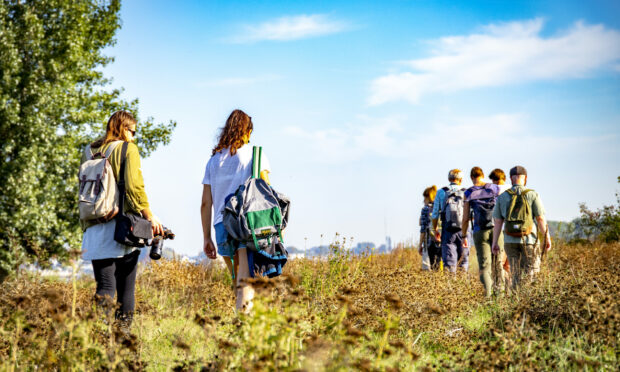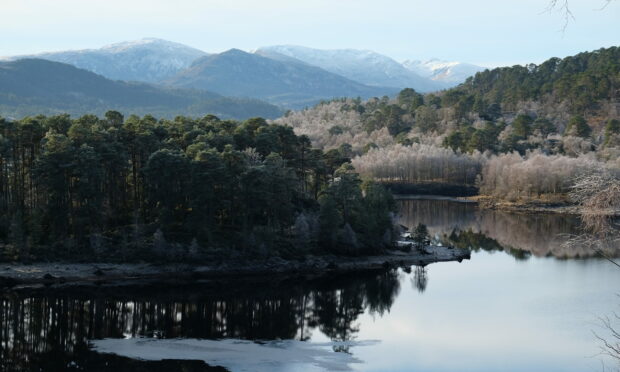An ambitious plan has been launched to return an area of the Highlands covering more than 500,000 acres back to nature.
The 30-year rewilding initiative would encompass four glens over an area the size of the Loch Lomond and Trossachs National Park.
The Affric Highlands project aims to connect a swathe of landholdings as one vast nature recovery area from Loch Ness to Kintail.
It will put the area among an elite group of rewilding programmes across Europe.
Could wildcat, beaver and lynx make a return?
It proposes restoring native woodland and peatland and improving wildlife habitats, while providing economic and community benefits.
Long-term plans could involve reintroducing species including wildcat, beaver and even lynx if approval is given following consultation.
Affric Highlands is the result of three years of consultation between Rewilding Europe, Trees for Life and local partners.
Work is due to start in 2023 and will eventually stretch over glens Cannich, Affric, Moriston and Shiel.
Twenty landowners, covering at least 25% of the total area, and six organisations already support the project.
They include the 1,200-acre Corrary Farm in Glenelg and 1,262-acre Bunloit Estate near Loch Ness, as well as the Trees for Life 10,000-acre Dundreggan Estate at Invermoriston.
Affric Highlands is welcomed by Rewilding Europe as the ninth member of its prestigious network of large pioneering rewilding areas.
It is one step closer to the organisation’s ultimate goal of 10 such areas in Europe.
What are the other Rewilding Europe areas?
Already the group includes –
- Portugal’s Greater Côa Valley;
- The Danube Delta in Ukraine, Romania and Moldova
- Romania’s Southern Carpathians
- Croatia’s Velebit Mountains
- Italy’s Central Apennines
- Bulgaria’s Rhodope Mountains
- The Oder Delta in Germany and Poland
- Swedish Lapland.
Steve Micklewright, chief executive of Trees for Life, said Affric Highlands will take large-scale nature recovery to a new level.
“The Highlands have huge potential to help nature to come back and so help people to thrive, and to make a leading contribution to tackling the global climate and nature emergencies.”
The plan is “highly ambitious”, he says, but adds: “We think in order to achieve rewilding and the recovery of nature in Scotland that’s the scale we need to be working at.
“It’s then you can start to make a real difference.”
The project, which has received funding from the Esmée Fairbairn Foundation, will create a mosaic of wooded mountain areas of native species amid peatland and moorland.
“It will produce a more natural looking landscape. It’s beautiful at the moment but it’s not as nature intended.”
Affric Highlands’ emblem is the wildcat and the landscape is seen as ideal habitat for the species.
“There may be wildcats there already, in which case there may be opportunities to reinforce the population.
Reintroduction of wildlife will be up to the people
“If they aren’t there, it’s certainly the right sort of place for a potential wildcat reintroduction project.
“But there would need to be detailed habitat assessments and proper public consultation”, said Mr Micklewright.
Similar discussions and approvals will be needed for any introduction of beavers and lynx.
“It won’t happen tomorrow. Perhaps in 30 years this may be a part of Scotland where they return.
“It’s very much up to the people in the landscape.”
As well as connecting habitats, the project aims to strengthen connections between communities and the wildlife on their doorsteps.
This will include additional funding and job opportunities.
Some of the carbon credits received by landowners for offsetting emissions could be shared with communities, similar to levies applied to windfarm developments.
“It’s not been tried before. But we want to ensure that when a landowner gets credits, part of that will go to help the community thrive”, said Mr Micklewright.
It’s beautiful at the moment but it’s not as nature intended”
Steve Micklewright
He believes job opportunities will also follow.
The Dundreggan Estate had one member of staff in 2008 and now has seven and five trainees involved in rewilding.
Another 15 staff will be employed at the world’s first rewilding centre due to open on the estate in 2023.
Highland rewilding work is a ‘beacon of hope’
Dundreggan is part of Trees for Life’s ongoing work which has seen nearly two million native trees established to restore the Caledonian Forest in the Highlands.
Rewilding Europe sees this work as a “beacon of hope” for reversing declines in habitat and wildlife that have left vast swathes of Scotland overgrazed, treeless, denuded, drained and over-managed.
Frans Schepers, managing director of Rewilding Europe, adds: “Affric Highlands is a bold, exciting and inspiring venture for nature’s recovery as Scotland moves up the biodiversity league table.
“Our decision to accept the project as our ninth rewilding area reflects the hard work and achievements of Trees for Life, its volunteers and its partners.
“Including Affric Highlands in our portfolio of major European rewilding areas will help magnify rewilding’s impact in the Highlands, and put it firmly on the global map.”
